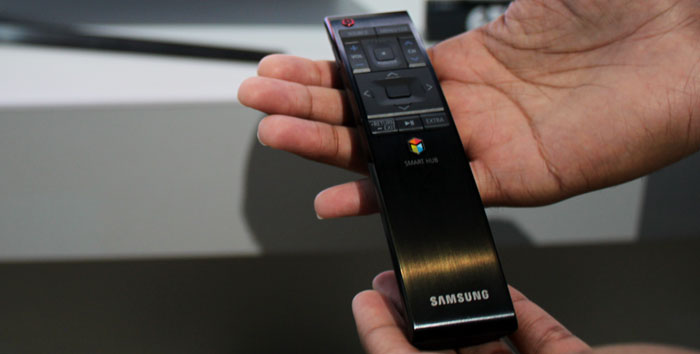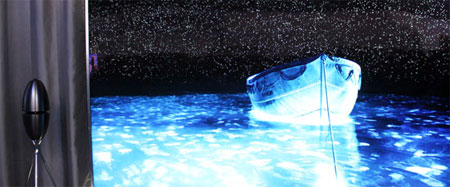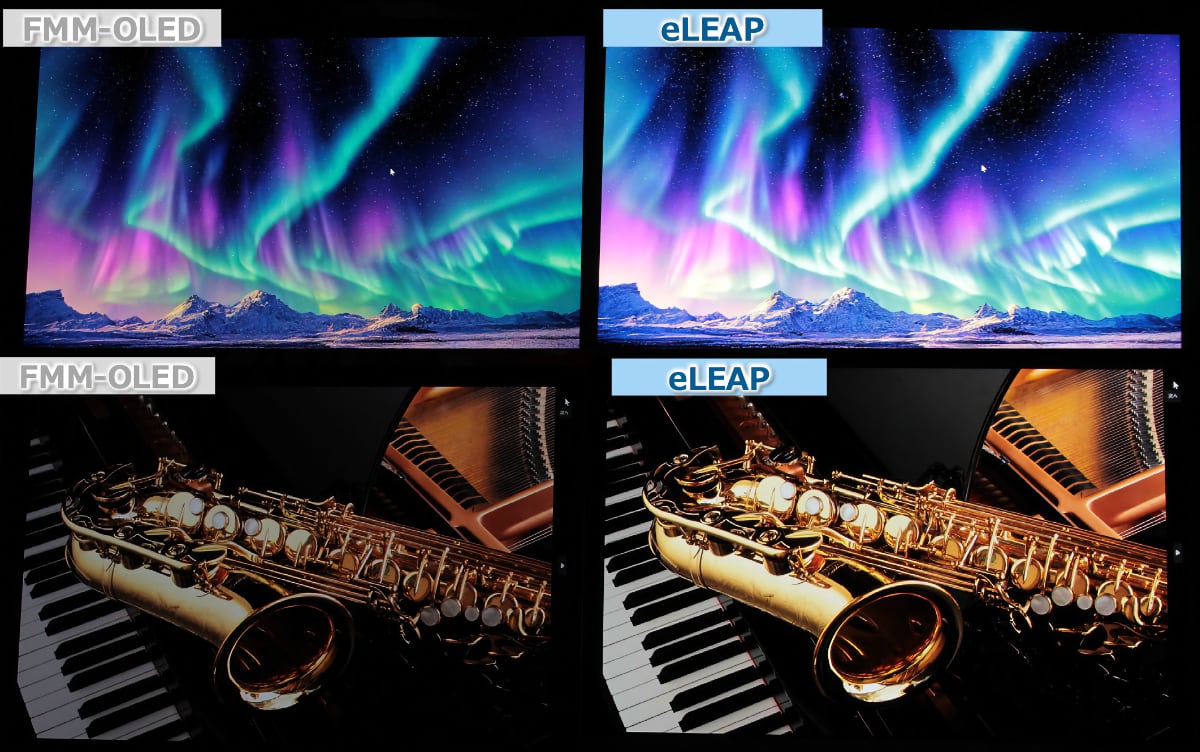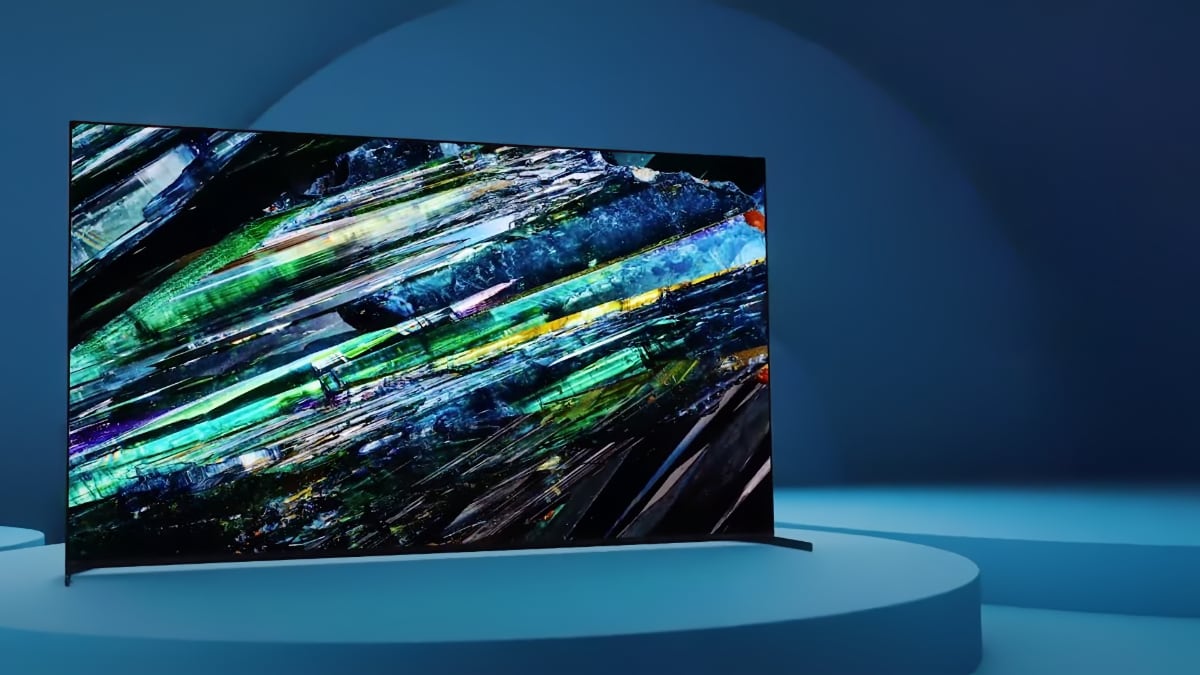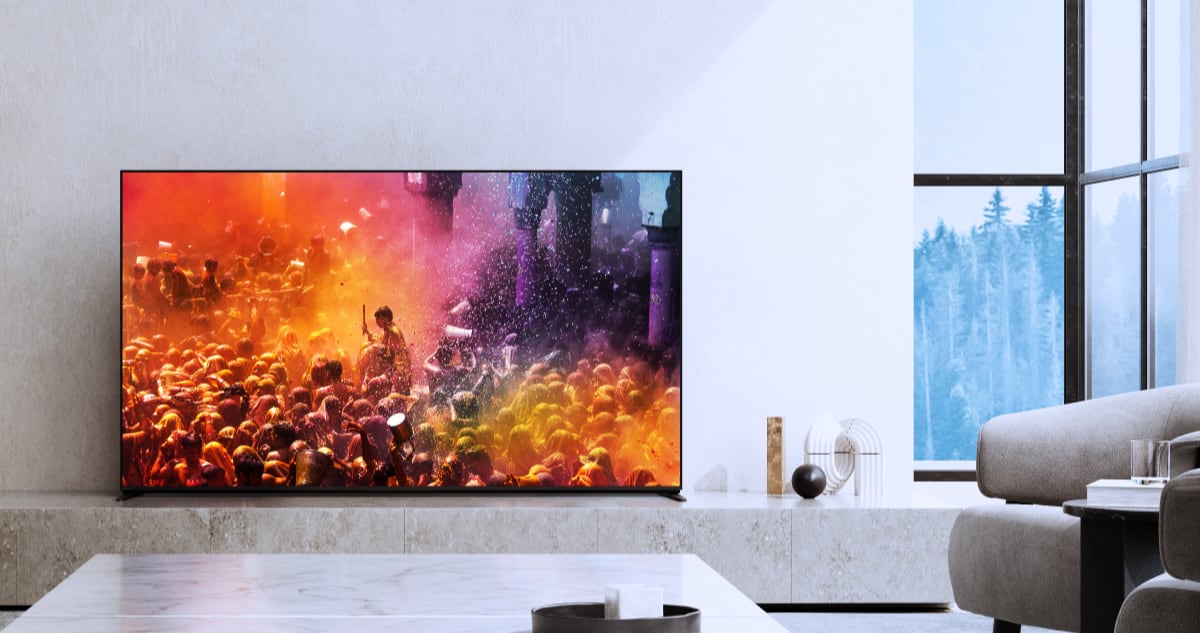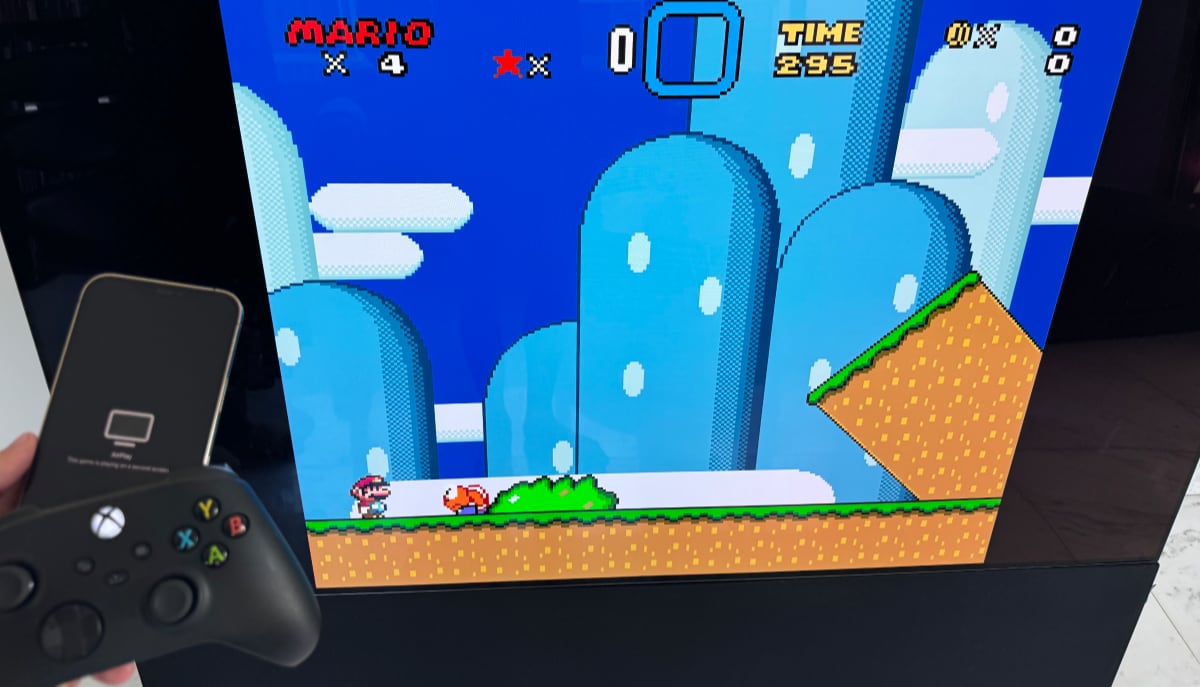Samsung had two major themes at CES 2015. Tizen is a new operating system for TVs and S’UHD is the name for Samsung’s new Ultra HD TVs with quantum dots. Here are our first hands-on impressions of the new TVs and HDR (high dynamic range).
Hands-on with Samsung S'UHD
We had a chance to leave the CES show floors and experience Samsung’s new S’UHD TVs up close at CES 2015. Samsung demonstrated general picture quality and HDR, but also had a setup to compare the S’UHD (JS9500 model) to a 2014 LCD TV, a 2014 Samsung Full HD plasma TV and a 2014 Full HD OLED TV “from a competitor” (take a guess).
Samsung has put its own OLED project on pause and S‘UHD is being rolled out in 2015 as - or so it appears - Plan B. S’UHD does not stand for anything in particular, but has several superlatives such as "seductive" and "spectacular" attached. In concrete terms, we are looking a LCD TV with Ultra HD resolution and quantum dots.
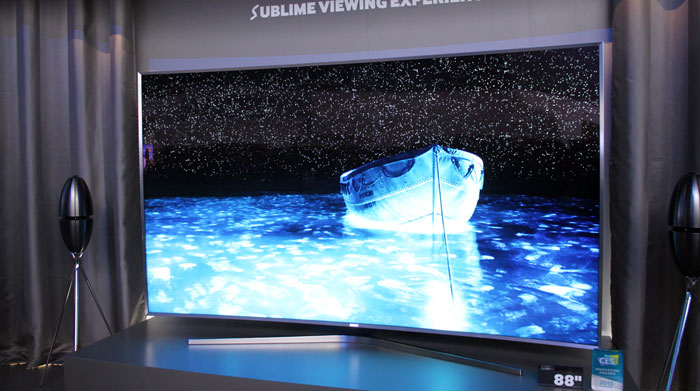
Samsung wanted to show us how its S’UHD TVs can improve the viewing experience through a wider color space of around 90% DCI (used in movie theatres, made possible by quantum dots), HDR (high dynamic range) and Ultra HD resolution. Samsung says that the TVs have "rich colors, better than OLED" and that they can output 2.5x higher brightness compared to traditional TVs – necessary for HDR. Samsung used its flagship JS9500 TV, which has a full-array local dimming system with “hundreds of zones” (Samsung refused to give the exact number) – this is also necessary for HDR on a LCD TV.
So how did it look? Very good on many levels. Samsung used a remastered Life of Pi, which is just a great movie visually and story-wise. It is probably also one of the best movies for demonstrating HDR with much brighter highlights and deeper blacks. Samsung demonstrated how some of the scenes really benefitted from the wider DCI color space. Some of the surrealistic scenes of Life of Pi truly looked great; it took the visual experience to the next level. As said, Lift of Pi is a great movie for HDR and the more vivid colors.
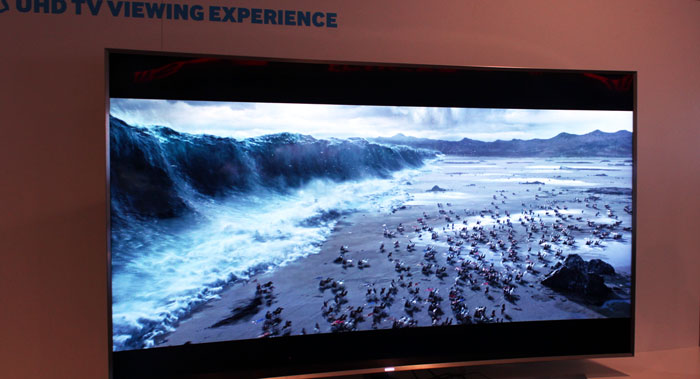
Samsung also demonstrated HDR and the wider color gamut with Exodus. In some scenes the HDR experience worked, but in other scenes it made everything look too animated and unreal because of too high brightness and too artificial HDR effects.
Samsung's JS9500 has a 10-bit LCD panel, and can go up to around 1000 nits of brightness, says Samsung.
But let us return to the comparison setup with the plasma and OLED TVs. There is no doubt that Samsung JS9500 has much higher peak brightness than these TVs – it supports HDR after all. The picture certainly looked more colorful and the TV could reproduce some color shades that are other TVs were incapable of. This gave it the upper hand in some instances and resulted in very vivid colors. However, this is not necessarily a good thing. Some of the fruits on the screen looked downright toxic. In other scenes the HDR content did quite well, especially in very bright scenes with a sky or sun. Detail levels were definitely better in some of the bright scenes, too, likely because of the Ultra HD resolution.
However, in dark scenes such as scenes with fireworks, a city or planets in space, the JS9500 suffered from the same limitations that every LCD TV does. Despite the fact that this was actually Samsung’s demo, the unnamed OLED and the plasma reproduced dark scenes with better fidelity. The OLED had deeper and more homogeneous blacks, but the most striking difference was how much better shadow details looked on the OLED. The local dimming system on JS9500 simply crushed a lot of the shadow details. Ultra HD resolution or not – you will not see more details on the S’UHD TV than the limitations of the LCD panel dictate. This is noteworthy; remember that it was a Full HD OLED TV.
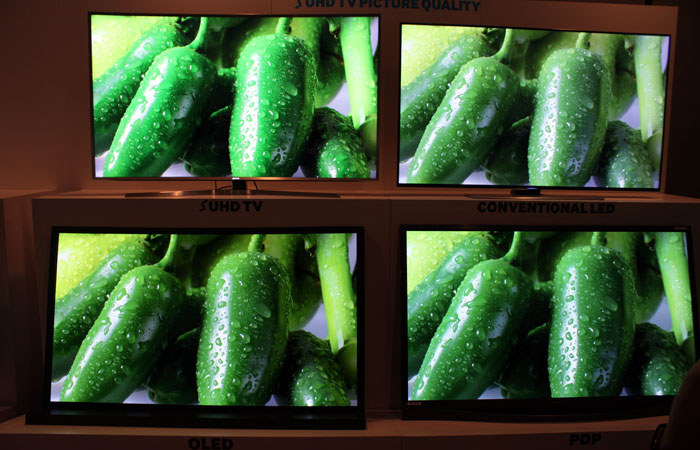
OLED TVs will start supporting HDR and Ultra HD in 2015, and could take the leap to wider color gamuts in the near future. Samsung obviously had no chance to compare with one of the new 2015 TVs, but our guess is that it would not have served Samsung’s purpose either.
Samsung told us that its S’UHD TVs will extend all content sources to the wider color space through a “upscaling” algorithm - no matter if you are watching TV channels, Netflix or Blu-ray. That is, even when the content is not produced in the wider color gamut. We discussed the negative aspects of this approach in our article about quantum dots, but to summarize you can say that it corresponds to putting a TV in the “shop mode” plus 20% extra color fun. Samsung told us that there is no setting to turn it off, but we hope that they change their minds before launch.
In essence, “S’UHD” is a combination of LCD, Ultra HD and quantum dots – with some marketing powder sprinkled on top. The flagship JS9500 will enable HDR, which can be quite impressive; especially in Life of Pi. However, fundamentally nothing has changed in regards to the classic LCD weaknesses, and we hope that Samsung will return to OLED in the near future.
Some words on Tizen
Tizen was a big talking point at CES, but Samsung did not disclose many details, which suggests that it still needs some polishing before it is ready for prime time. Judged on the user interface, you could say that it has quite the similarities with LG’s webOS.
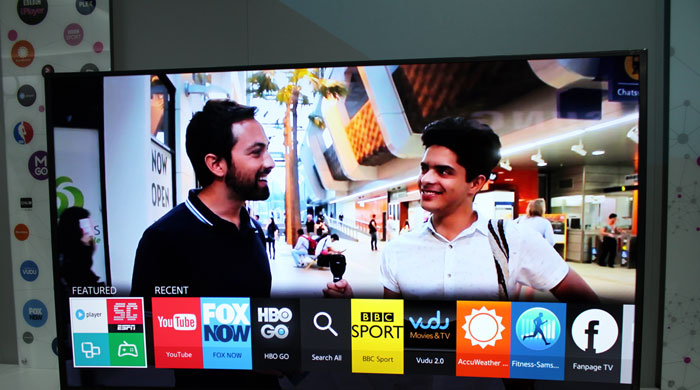
The user interface is based on small "cards" that pop up from the bottom of the screen. You can place whatever you like here, including apps such as Netflix or YouTube. Samsung says that all old apps will be updated to work on Tizen, but a full list was not available and Samsung would not promise that every app will be available at launch.
Tizen is no revolution, but Samsung hopes to get developers on board to create exciting experiences. But the question remains; how many times are people willing to upgrade to a new TV to get a decent Smart TV experience? There is a dark cloud hanging over the TV industry; especially Samsung who has changed platform more times than any other TV manufacturer.
